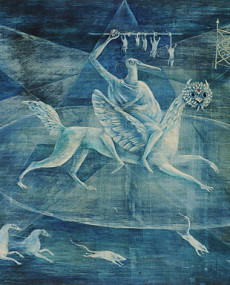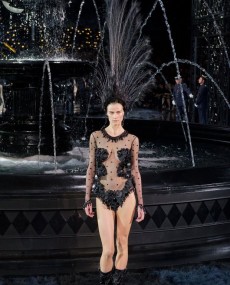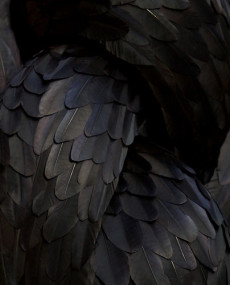Sally Mann: Philosophy of Everyday Life
Celebrated photographer Sally Mann named “America’s best photographer” by Time magazine in 2001 has unique and attractive style much loved worldwide today even though it caused much controversy back in the days. She is best known for nude pictures of her children and husband and captivating landscapes of American south.
Sally Mann, living and working in Lexington, Virginia, is a Guggenheim fellow, and a triple winner of the National Endowment for the Arts. Her work is exhibited in the most prominent museums around the world including MoMa, the Whitney Museum of American Art in New York and Moderna Museet in Stockholm.
She was esteemed speaker at Harvard University for the William E. Massey, Sr. lecture in the History of American Civilization and was the subject of two documentaries: Blood Ties (1994), which was nominated for an Academy Award, and What Remains (2007) which premiered at Sundance and was nominated for an Emmy for Best Documentary in 2008.
She became infamous after the series of photographs named Immediate Family (1992) and accused of bad parenthood for exposing her children’s naked bodies. Critics accused her of child pornography and overstated the intimacy of the photos, while ignoring their artfulness. Images from this period became widely known for their notoriety rather than their quality. However, Mann explained her interest in photographing infants by stating that “adults are not as good as kids” and that they are “too self-conscious” to be playful and interesting for camera’s eye. Her work from 1985 to 1995 was mostly focused on her children who are not mere models, but also participants in the artistic process of making pictures. They look amazingly beautiful and very much alive on those still images showing the pain of growing up.
In the later period she produced a series of startlingly beautiful landscapes of American South named “Mother Land”. She used old damaged lenses which caused different kinds of distortions such as blur and scratches. It is perhaps precisely this imperfection that seems so perfect on her photographs of flawless nature. Technical perfection is purposely ruined in order to create sublime beauty. Watery and dreamlike, those images look like fuzzy memories of places that exist only in one’s mind.
Her passion for death iconography was revealed in the later period when she produced series of pictures showing decomposing bodies and civil war battlefields. From innocent beauty of her early period, her work evolved into deadly serious pictures of decay. Bodies went rotten, while landscapes were smudged with blood.
Her work celebrates life and love as well as death and decadence but always focuses on her well known immediate surroundings. Her art always stays at home, be it her own house or her native soil.
“It has always been my philosophy to make art out of the everyday and ordinary. It never occurred to me to leave home to make art”, she says. Today in the age of Instagram she focuses her lens on her own face making a series of self-portraits made with the wet-plate collodion process-an archaic, laborious technique dating back to photography`s earliest days.





Leave a reply